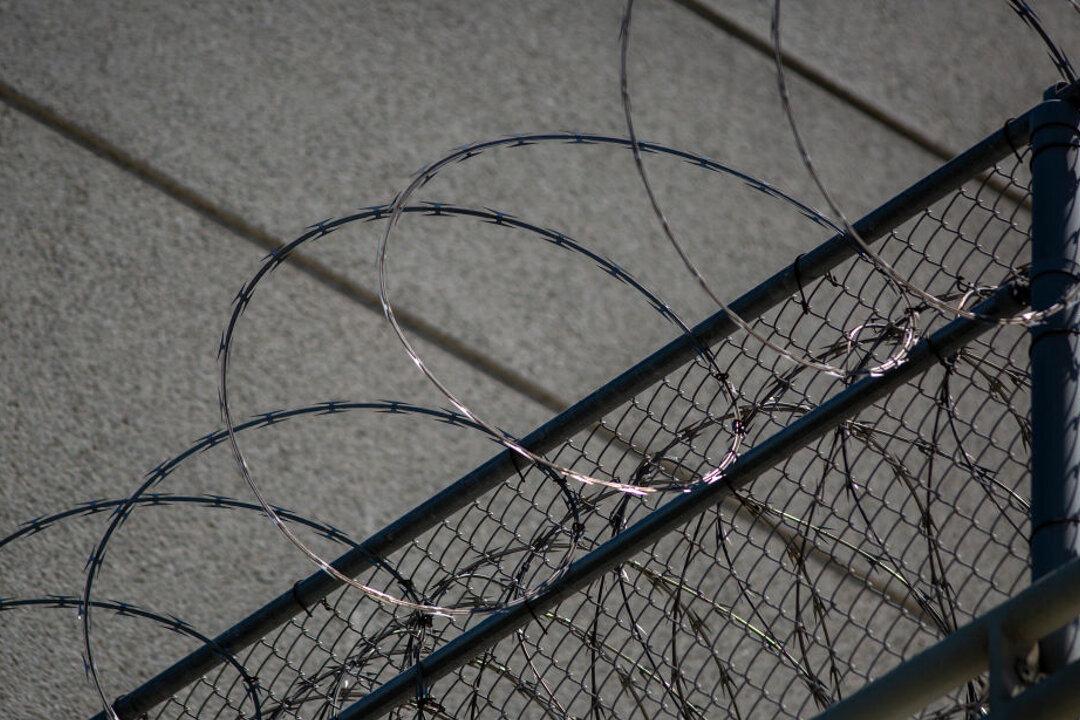When one thinks of environmental disasters, it usually involves bold destruction: weather or earthquake, fire or pollution, the results usually widespread and dramatic enough for the evening news.
However, there are some cases of quiet environmental disaster that overwhelm with a whisper. Over the last couple of years the residents of Long Beach, California, have noticed their cars often have a shellac of little sticky droplets all over them in the morning. Overhead, thousands of local magnolia trees have become half-covered with a black tar-like substance.



